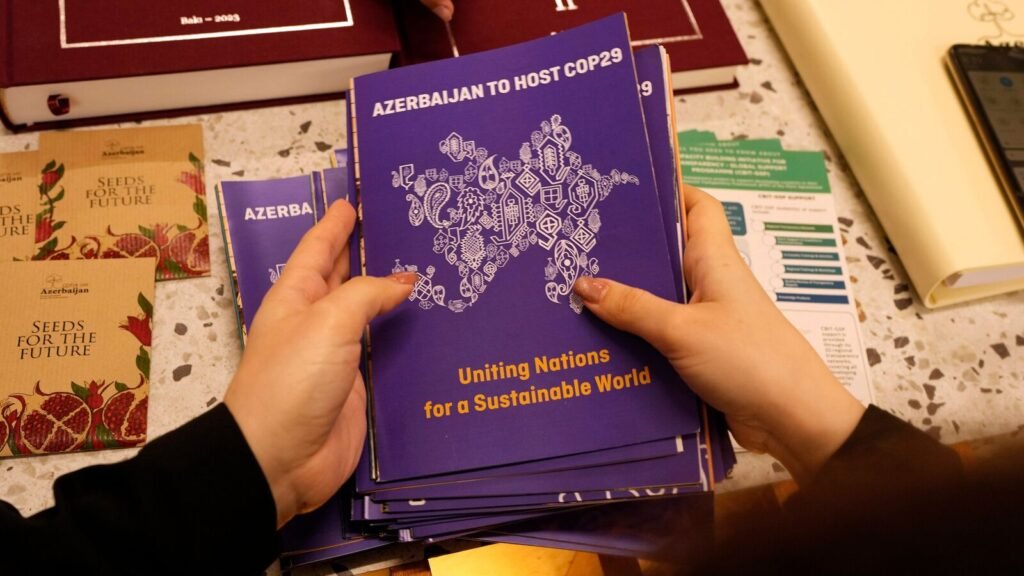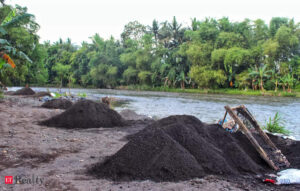Niti Aayog to release report on energy transition by early 2025, says official

New Delhi: Niti Aayog, which is helping the government frame guidelines on India’s energy transition outlined in the FY25 budget, will release these guidelines early next year, said Anshu Bharadwaj, programme director of green transition and climate at the union government’s think tank.
In her full budget speech in July, finance minister Nirmala Sitharaman said the government would release a policy document on appropriate energy transition pathways that balance the imperatives of employment, growth and environmental sustainability. In the interim budget in February, she had announced the government’s strategy for sustaining high, resource-efficient economic growth while ensuring energy security in terms of availability, accessibility and affordability.
India has committed to net-zero carbon emissions by 2070, and to reduce the emission-intensity of its GDP by generating 50% of its power from non-fossil-fuel sources by 2030. It also aims to expand its renewable energy capacity to 500 gigawatts (GW) by 2030 and potentially 1 terawatt (TW) by 2035.
Different approaches
At an event titled ‘Just Transition’, organised by the International Forum for Environment, Sustainability & Technology (iFOREST) on Tuesday, Bharadwaj said, “India has aspirations to become a developed country by 2047, with a GDP of about $30 trillion against the current $3.5 trillion. How do we achieve that in a manner which is consistent with climate commitments of net-zero by 2070? We frame the problem to achieve net-zero in the context of our developmental aspirations.
Also read: More broad-based investment needed to deal with climate change, says economist Nicholas Stern
“This is different from how the developed countries are looking at mitigation and their net-zero pledges because they are looking [doing so] after achieving very high levels of economic development and from very high per-capita carbon dioxide emission levels, whereas we are starting from a base of 2 to 2.2 tonnes per capita. It’s a very different framing of the problem.”
He added, “We’ll have to factor in adaptation as an important component of our developmental pathway. Keeping that in mind, we made nine different inter-ministerial working groups, consisting of all relevant ministries, including the ministry of environment, forest and climate change, members from academia, think tanks and industry bodies.
“We defined detailed terms of reference to understand each of the issues in great depth. We are working on pathways until the 2040s and beyond in discussions with various ministries. Hopefully by early next year we will have an analysis that we can share with all the development stakeholders.”
“This will answer key questions on what India’s transition pathways will be. Once the analysis is done, it will provide us with an energy-transition pathway,” Bharadwaj added.
Countries are preparing for the 29th Conference of Parties (COP29), which will be held in Baku, Azerbaijan from 11-22 November, where they will discuss ways to reduce emissions and mitigate climate change.
Keeping social changes in mind
He also highlighted social changes that could result from the phasing out of fossil fuels in east and central India, terming this an integral part of the energy transition.
“Whether it is coal or oil or gas, social aspects will be an incredibly important part of it. That’s why we have a separate working group to explore this. What they are doing is linked to the entire picture. We are looking at all sectors, how they will move away from fossil fuels, and how social aspects will be addressed. [We are also looking at] economic distribution and activity within the country,” Bharadwaj said.
“For example, coal mining is concentrated in Odisha, Jharkhand, Chhattisgarh and Madhya Pradesh, which account for 80% of India’s coal production. They also get about 80% of royalties and revenues from coal. In contrast, if you look at where the investment is happening in three new technologies, they are mostly in western and southern states such as Rajasthan, Gujarat and Maharashtra. How that changes the social and economic fabric of the country is an important factor to consider.”
Meanwhile, Neelesh Sah, India’s negotiator at the United Nations Framework Convention on Climate Change (UNFCCC) and joint secretary for climate change and international cooperation at the environment ministry, said India’s stand at COP29 will align with that of G77 plus China as usual, and ensure the new collective quantified goals (NCQG) to achieve the transition to a sustainable future leave no one behind.
“Our position is very clear. There is a responsibility on the developed countries to provide finance. This is supposed to be guided by Article 9. When we are talking of how NCQG will be designed, it must be decided upon by all parties. I must say that COP29 is the COP of finance, and this is the most important agenda item that has to be concluded there,” Sah said.
Catch all the Industry News, Banking News and Updates on Live Mint. Download The Mint News App to get Daily Market Updates.
MoreLess








